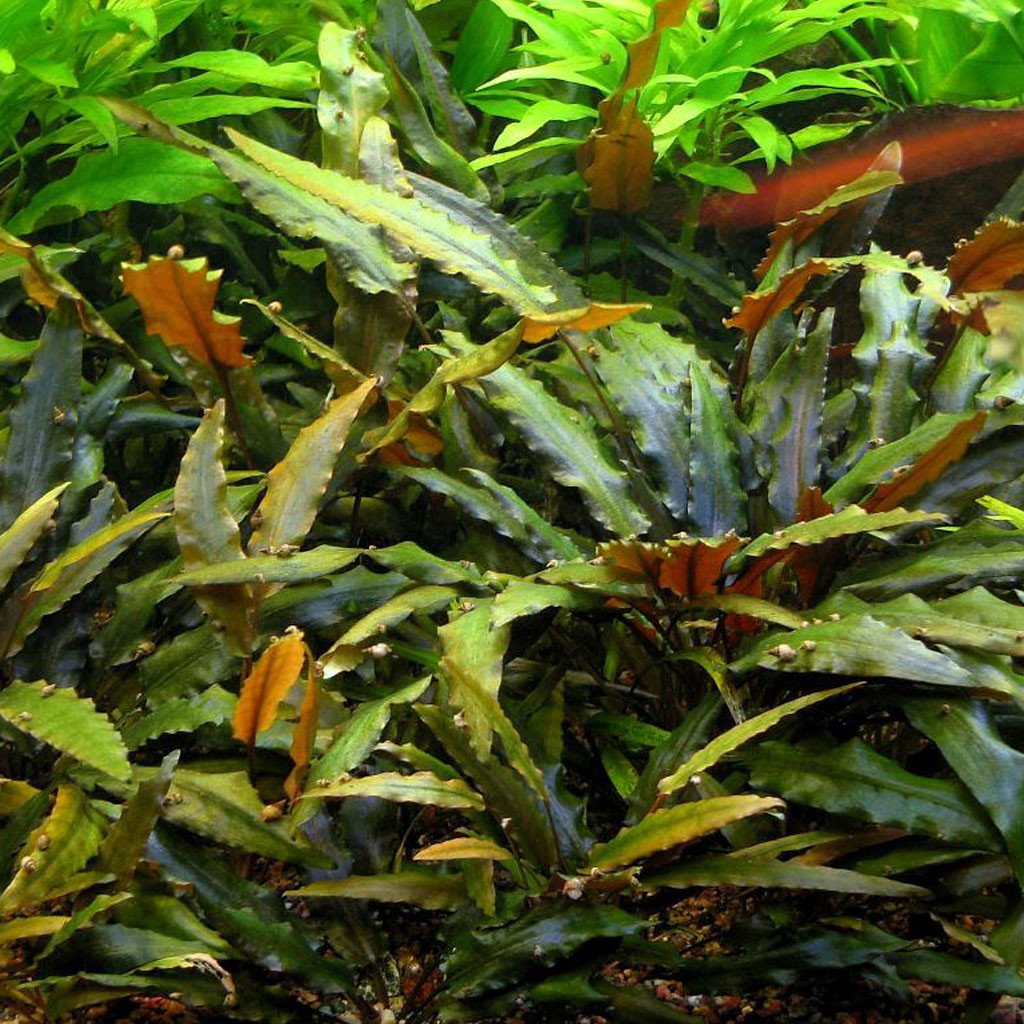
✂️ How to Trim Aquarium Plants Without Damaging Them
Keep Your Tank Clean, Healthy, and Thriving with These Simple Techniques
Trimming your aquarium plants isn't just about looks—it’s essential for plant health, water quality, and keeping algae in check. But if you’ve ever snipped the wrong spot or watched a freshly trimmed plant melt away, you’re not alone.
This quick guide shows you exactly how to trim different types of aquatic plants without harming them.
🌱 Why Trimming Matters
-
Promotes new growth
-
Prevents overcrowding
-
Improves water flow and light access
-
Helps reduce algae
-
Keeps your aquascape looking fresh
✂️ Tools You’ll Need
-
Aquarium-safe scissors (curved tip preferred)
-
Tweezers (for planting or cleanup)
-
A bucket or net for removing clippings
-
Optional: liquid fertilizer (like our All-In-One Pump Bottle) after trimming to boost recovery
🌿 How to Trim Each Type of Plant
1. Stem Plants (Anacharis, Ludwigia, Rotala, etc.)
-
How: Cut 2–4 inches from the top of the stem
-
Where: Just above a leaf node (where leaves grow from the stem)
-
Pro tip: Replant the tops if you want more stems!
2. Rosette Plants (Amazon Sword, Dwarf Sagittaria, Cryptocoryne)
-
How: Trim individual older or damaged leaves at the base
-
Where: Cut as close to the substrate as possible
-
Avoid: Cutting the center “heart” of the plant—this is where new leaves grow
3. Vallisneria + Jungle Val
-
How: Never trim the tips! Instead, remove whole leaves from the base
-
Why: Cutting the tops causes melting
-
Tip: Use your hand or tweezers to gently pull old leaves from the root base
4. Rhizome Plants (Anubias, Bolbitis, Java Fern)
-
How: Snip older or algae-covered leaves close to the rhizome
-
Bonus: You can cut the rhizome itself to propagate new plants
-
Caution: Don’t bury the rhizome or damage it—it needs to stay exposed
5. Mosses (Christmas Moss, Java Moss, etc.)
-
How: Trim like giving it a haircut—snip uneven or overgrown areas
-
Where: Any spot, as moss regrows from almost any point
-
Pro tip: Use fine scissors and remove trimmed pieces to prevent mess
6. Floating Plants (Duckweed, Frogbit, Salvinia)
-
How: Scoop excess growth using a net
-
Why: Prevents surface coverage that blocks light from plants below
-
Tip: Leave some floaters for shade and nitrate absorption
🧼 Aftercare
-
Do a small water change after a big trim
-
Dose fertilizer to support regrowth
-
Remove all floating clippings—they can rot and cause ammonia spikes
✅ Final Tips
-
Trim once every 1–2 weeks or as needed
-
Always use clean tools to avoid contamination
-
Watch how your plants respond—some bounce back fast, others take time
-
Don’t overdo it—light trims are better than major chops
Got a plant you’re not sure how to trim?
Send us a message or tag us with a photo—our team’s happy to guide you.
And if your plants need a boost, our All-In-One Liquid Fertilizer gives them everything they need to recover, regrow, and thrive.






